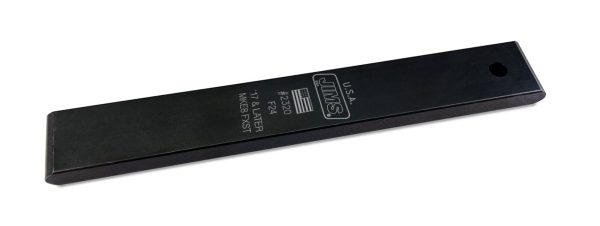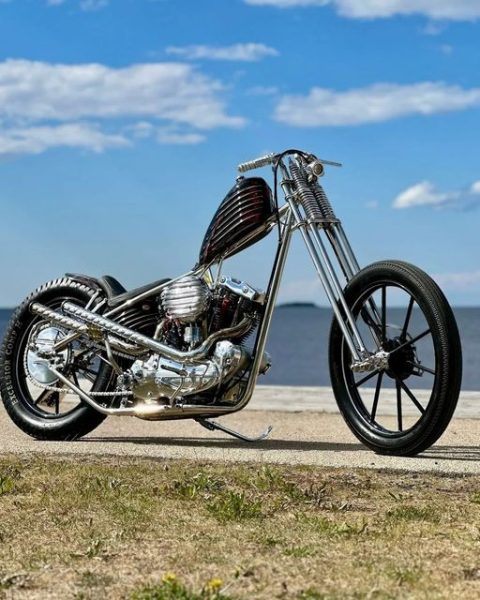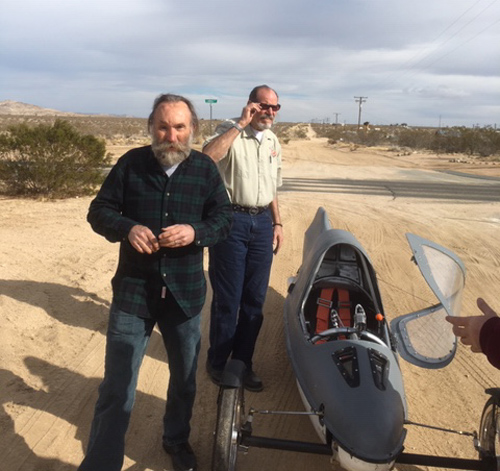TWO ITEMS FOR MONDAY
Harley has a government affairs manager and the MRF reached out to discuss the following. Guido Zucconi, representing Harley-Davidson Motor Company Proposed bans on ICE vehicles Trade barriers and tariffs Lack of tax credits for EV motorcycles Efforts to create multiple endorsements relating to trikes and 3-wheeled vehicles Here are Guido Zucconi’s notes from the […]
TWO ITEMS FOR MONDAY Read More »




